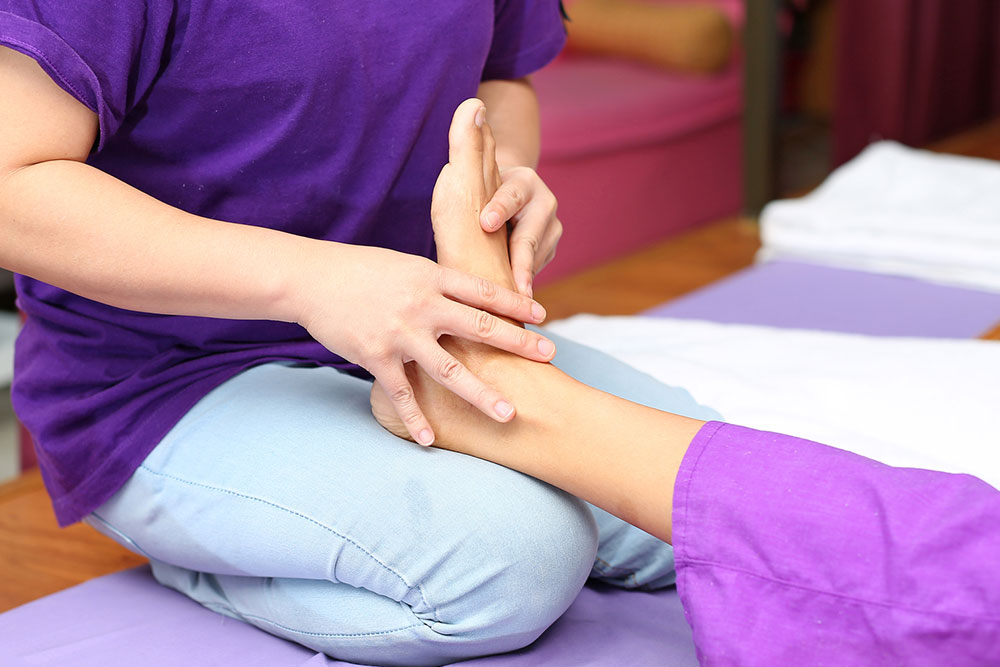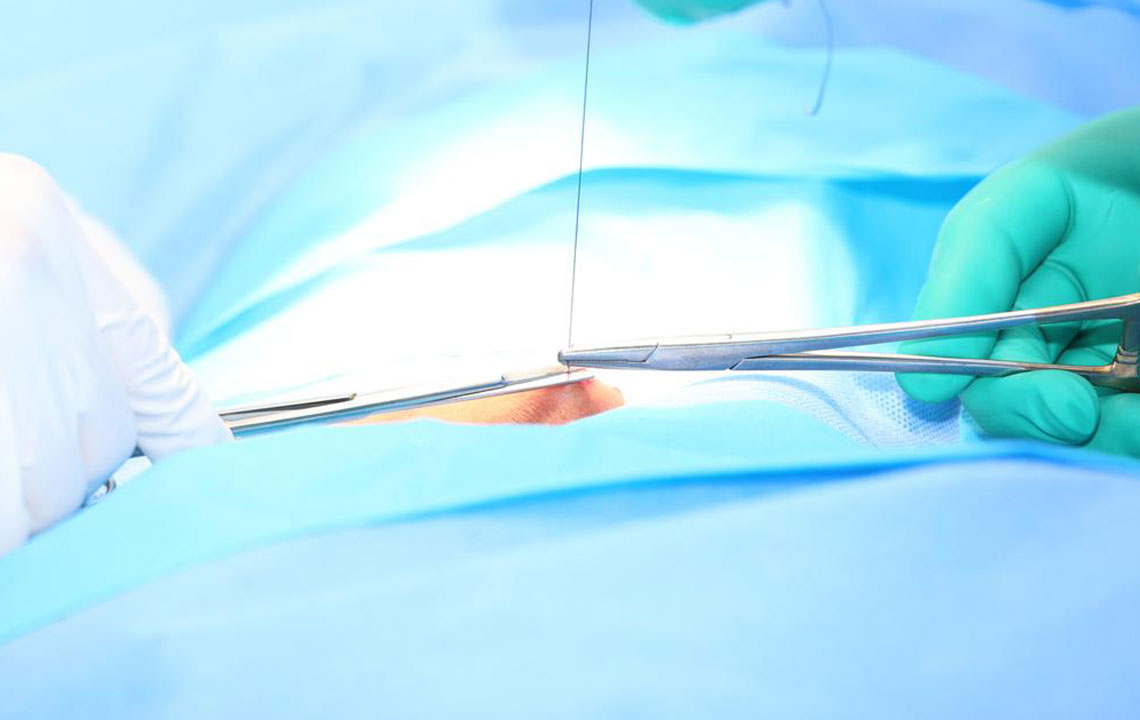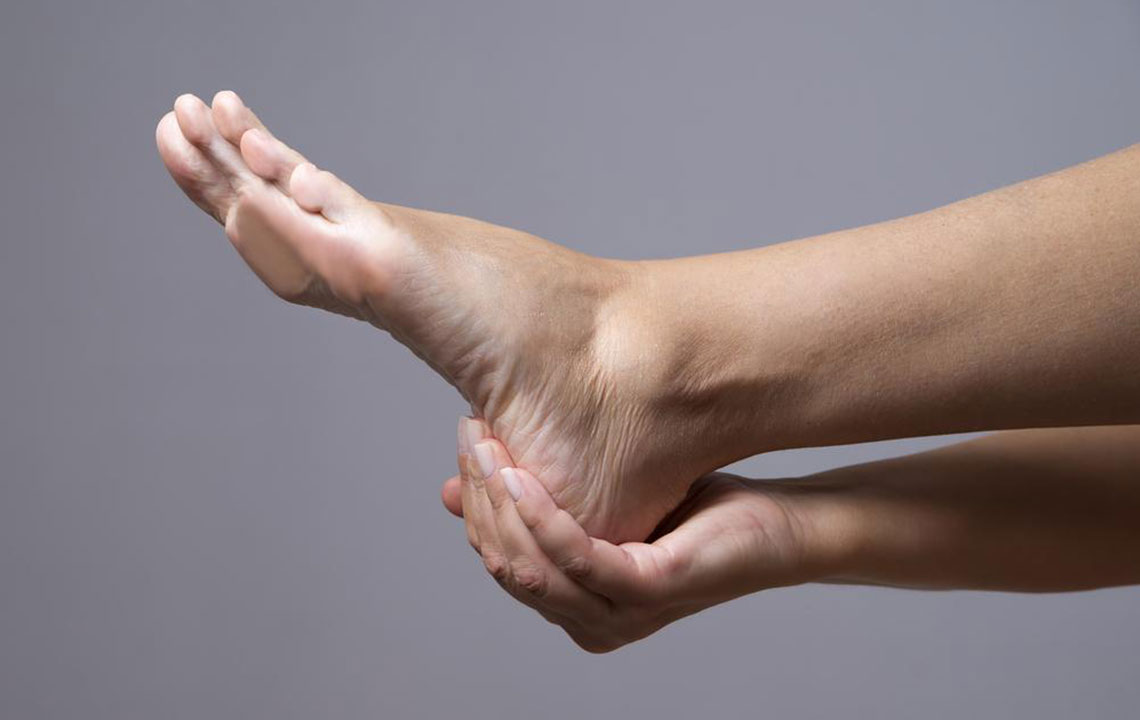Effective Strategies for Alleviating Sciatic Nerve Pain
Learn effective strategies to manage sciatic nerve pain, including non-invasive treatments like heat therapy, medications, and holistic approaches such as yoga and massage. For persistent cases, surgical options like microdiscectomy and laminectomy are available. Maintaining an active lifestyle and proper posture can prevent flare-ups, enhancing overall well-being. Early intervention and personalized treatment plans are key to reducing discomfort and restoring mobility. Consult healthcare providers for tailored advice and effective relief from sciatic nerve issues.

Effective Strategies for Alleviating Sciatic Nerve Pain
Sciatica refers to sharp or shooting discomfort along the sciatic nerve, which extends down each leg's backside. Typically caused by nerve compression or injury, it can hinder mobility, especially after prolonged sitting. Proper diagnosis and treatment are essential for relief. Recognizing symptoms early and consulting healthcare providers can lead to effective management plans. Treatment options include medications, physical therapy, and, if necessary, surgical procedures to restore function and reduce pain. Managing sciatica promptly can greatly improve quality of life.
Signs to Watch For
Persistent or intense pain radiating from the lower back down the legs
Difficulties with sitting or standing for long durations
Numbness or weakness in the feet or legs
Various therapies, medications, and surgical interventions are available to help sufferers regain mobility and reduce discomfort.
Many cases involve combining different treatment methods for optimal results.
Non-invasive Treatments
Initial Treatment Options
Non-surgical methods are typically the first approach to easing sciatic pain. These focus on relieving symptoms and improving mobility without invasive procedures.
Heat and Cold Therapy
Applying heat or cold packs to the lower back can relax tense muscles and reduce inflammation, providing significant pain relief. Alternating between hot and cold applications helps manage swelling and nerve irritation.
Medications for Muscle Relaxation
Over-the-counter or prescribed drugs like anti-inflammatory agents can alleviate acute pain and muscle spasms associated with sciatica. In severe cases, healthcare providers may recommend painkillers or muscle relaxants for immediate relief.
Natural remedies also play a vital role in managing sciatica.
Holistic Approaches
Yoga
Practicing yoga helps strengthen and stretch back muscles, improving posture and reducing nerve pressure. It is effective for both pain relief and post-surgical recovery.
Massage Therapy
Targeted massage relaxes tight muscles like the piriformis, which can compress the sciatic nerve. This therapy releases endorphins, enhancing pain relief and promoting relaxation.
Myofascial Release Therapy
Techniques like Rolfing help correct posture and release muscle tension through deep tissue manipulation, offering significant relief from sciatica symptoms.
Advanced Non-surgical Options
Epidural Steroid Injections
Localized steroid injections into the epidural space help decrease inflammation and pain, with relief lasting from weeks to months.
Spinal Manipulation
Chiropractors realign the spine to relieve nerve pressure, easing sciatic symptoms.
Acupuncture
Inserting fine needles at specific points can stimulate energy flow and reduce nerve pain.
Physical Therapy and Exercise
Regular movement and targeted exercises strengthen supporting muscles, improve circulation, and alleviate pressure on the affected nerve. Activities like walking, swimming, and stretching are beneficial.
Maintaining active lifestyles and avoiding prolonged sitting or standing are critical. Water-based workouts and stretcher routines can support recovery and prevent flare-ups.
For persistent cases, surgical interventions may be needed. A specialist can determine if procedures like microdiscectomy or laminectomy are appropriate, especially in cases involving herniated discs or spinal stenosis.
Minimally Invasive Procedures
Microdiscectomy involves removing disc fragments causing nerve compression. Laminectomy pulls back part of vertebrae to relieve pressure, requiring longer recovery. These options are considered if conservative treatments fail.
Note:
The information shared here aims to guide understanding and management of sciatica. While it offers practical insights, consult healthcare professionals for personalized advice. The content reflects general knowledge and may not substitute professional diagnosis or treatment. The site is not responsible for variations or inaccuracies, and readers should seek expert opinions for their specific conditions.










